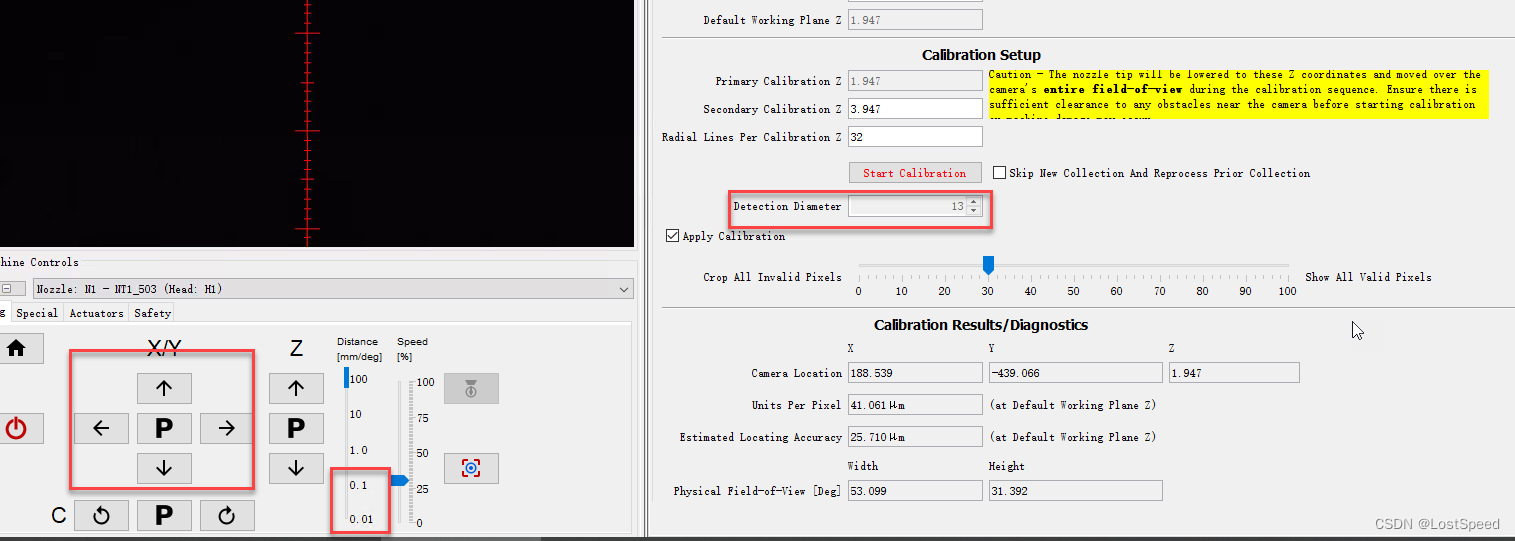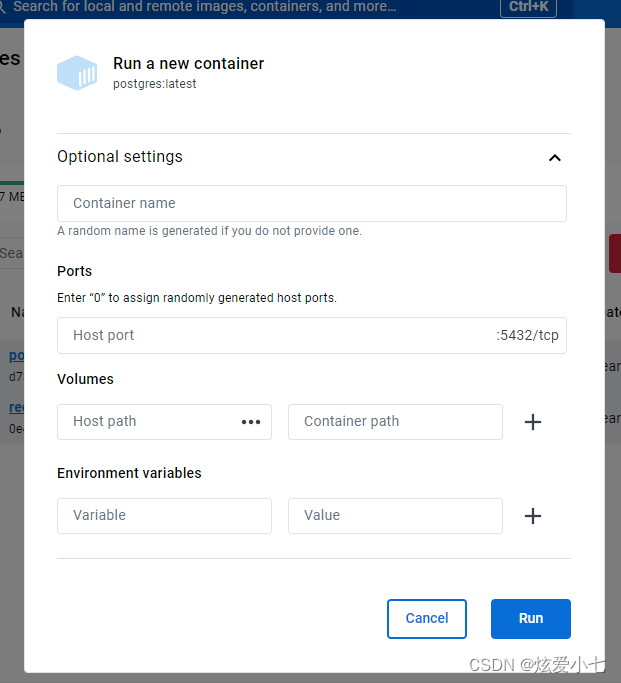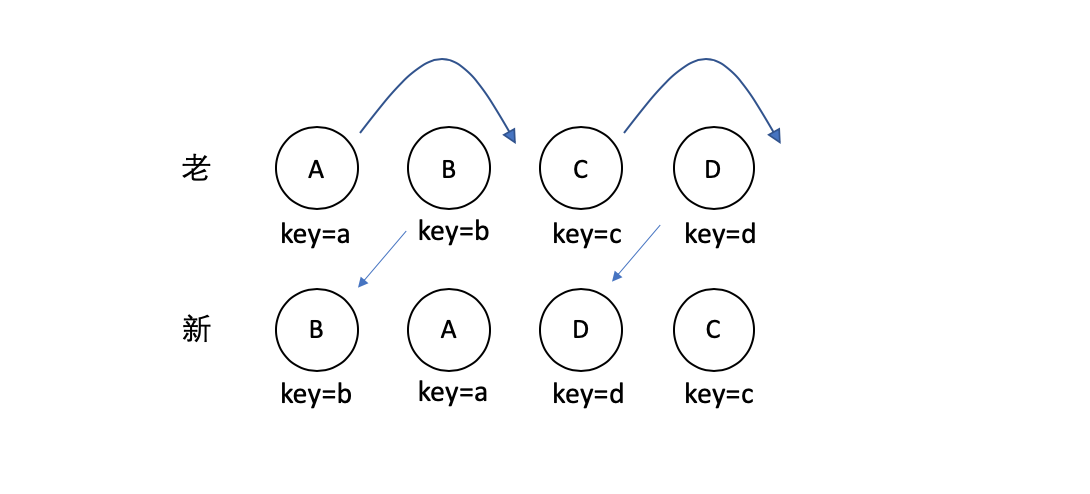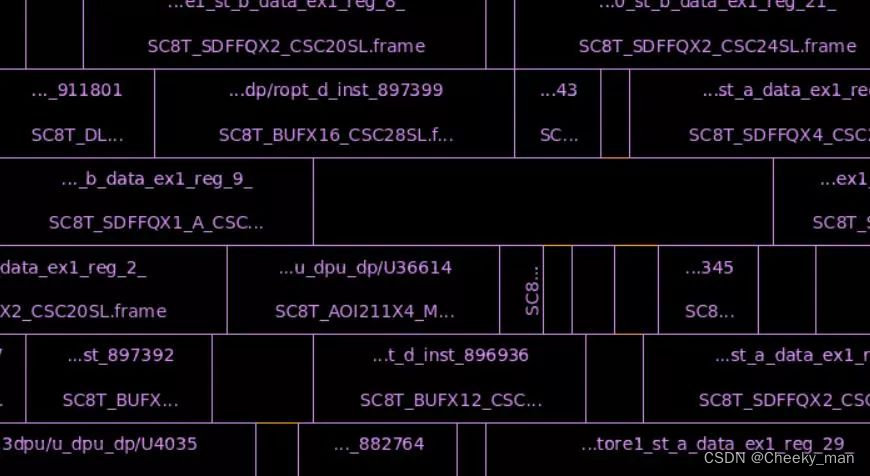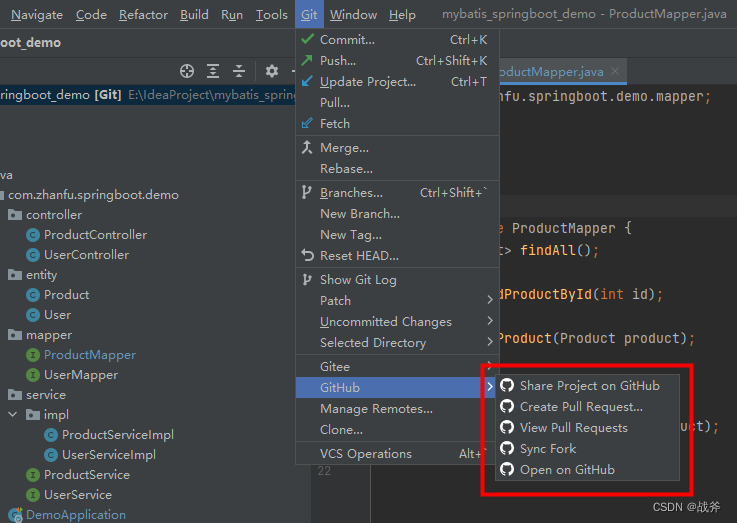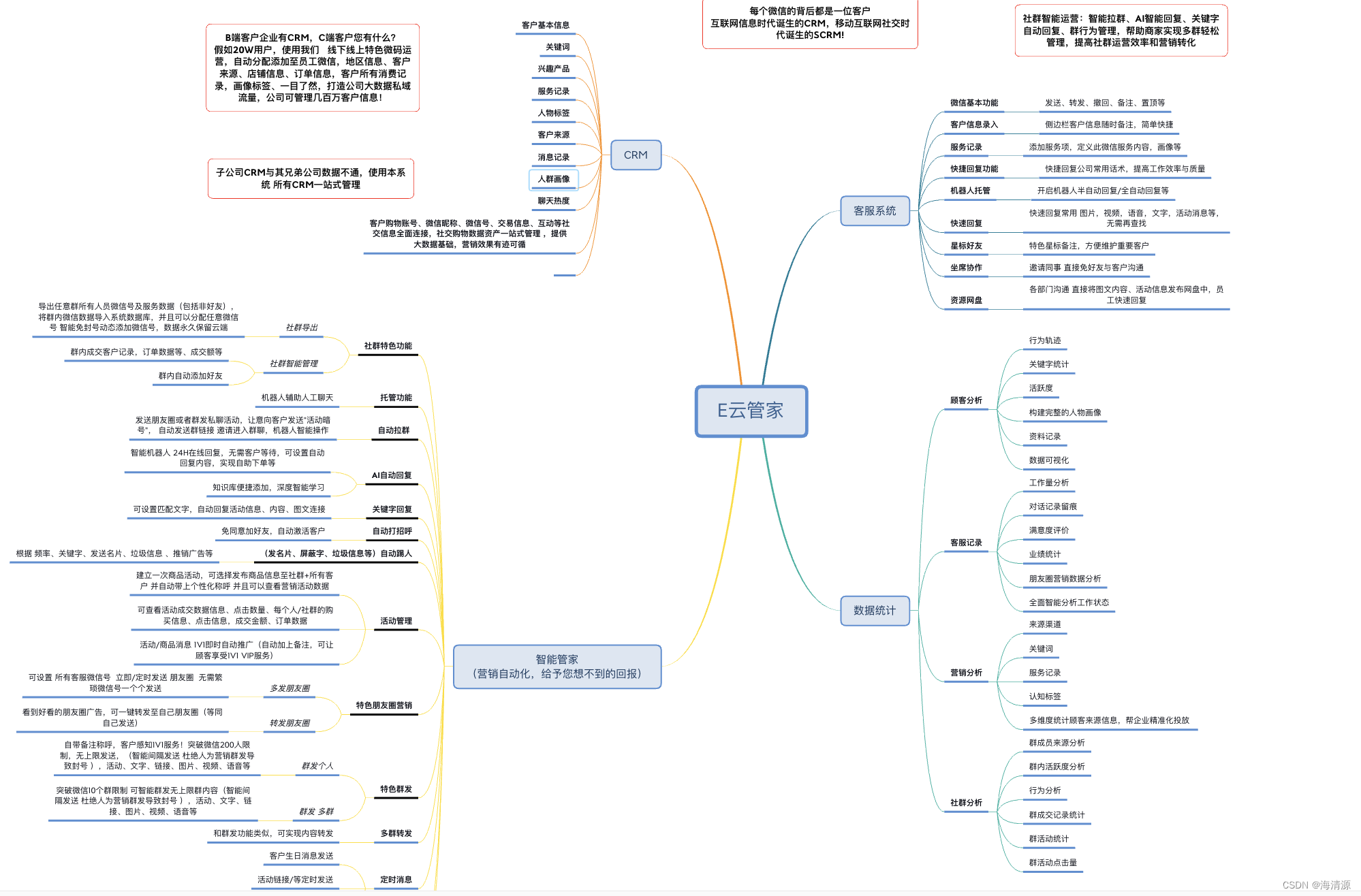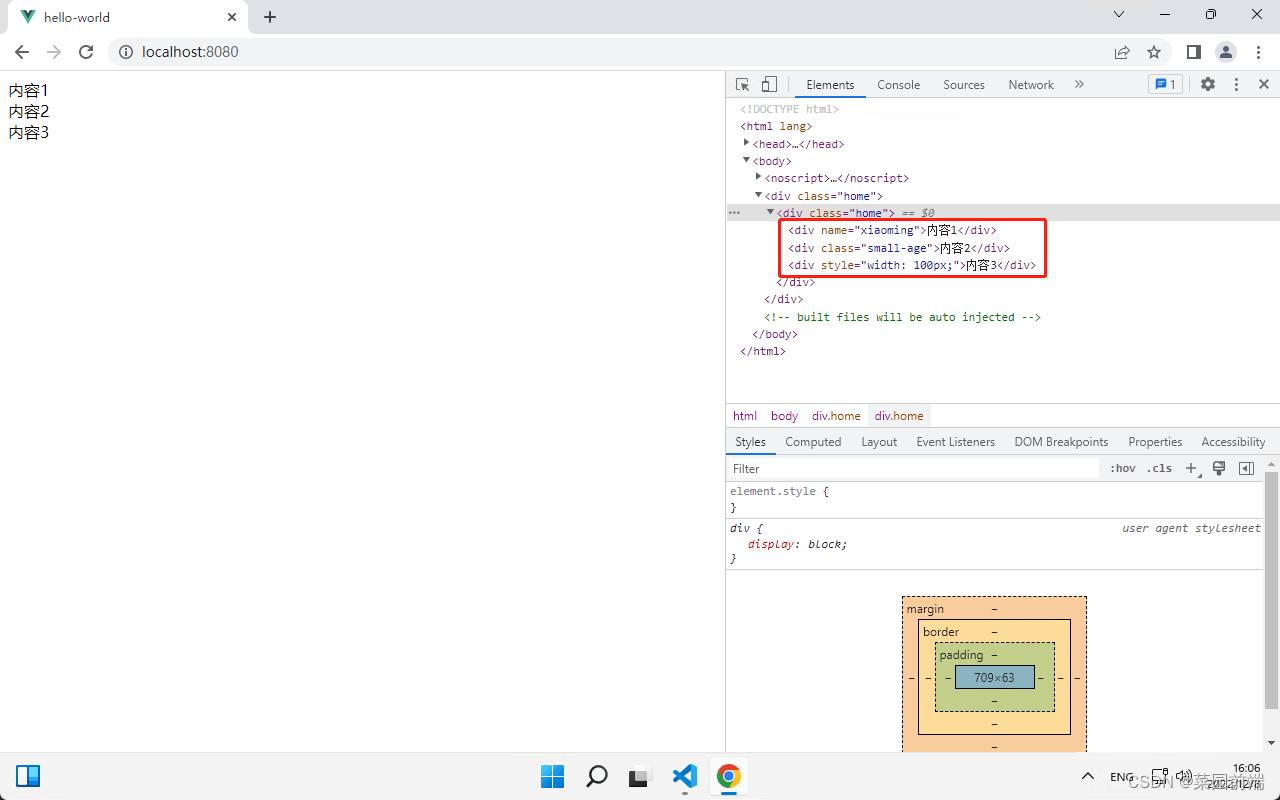OS | 第5章 插叙:进程API

文章目录
- OS | 第5章 插叙:进程API
- 5.1 fork()系统调用
- 代码过程分析
- 5.2 wait()系统调用
- 5.3 exec() 系统调用
- 执行过程
- 为什么这样设计API?
- shell执行过程
- shell 重定向
- pipe()
- >>>>> 欢迎关注公众号【三戒纪元】 <<<<<
UNXI 系统采用了一种非常有趣的创建新进程的方式,通过一对系统调用:
fork() 和
exec(),还可以通过第3个系统调用
wait(),来等待其创建的子进程执行完成。
5.1 fork()系统调用
系统调用 fork()用于创建新进程。
#include <stdio.h>
#include <stdlib.h>
#include <unistd.h>
int main(int argc, char *argv[]) {
printf("hello Randy (pid:%d) \n", (int)getpid());
int rc = fork();
if (rc < 0) // fork failed; exit
{
fprintf(stderr, "fork failed!\n");
exit(1);
} else if (rc == 0) { // child (new process)
printf("hello, I am child (pid:%d)\n", (int)getpid());
} else { // parent goes down this path (main)
printf("hello, I am parent of %d (pid:%d)\n", rc, (int)getpid());
}
return 0;
}
运行结果:
hello Randy (pid:12242)
hello, I am parent of 12243 (pid:12242)
hello, I am child (pid:12243)
代码过程分析
- 程序开始运行时, 进程输出一条 “hello Randy”信息,以及自己的进程描述符(process identifier, PID),该进程PID为12242;
- 进程调用了
fork()系统调用,创建了1个新的线程。新创建的线程与调用线程几乎完全一样,对操作系统来说,有2个完全一样的程序在运行,并从fork()系统调用中返回; - 新创建的进程称为子进程(child),原来的线程为父进程(parent)。子进程直接从
fork()系统调用返回,好像自己调用了fork(); - 父进程和子进程接着分别运行剩余代码。
子进程并不是完全拷贝父进程:虽然子进程有自己的地址空间(拥有自己的私有内存)、寄存器、程序计数器等,但是它从fork()返回的值是不同的。
父进程获得的返回值是子进程的PID,子进程获得的返回值是0。
CPU调度程序(scheduler)决定了某个时刻哪个进程被执行,所以父进程和子进程谁先打印不确定。
5.2 wait()系统调用
有时候父进程需要等待子进程执行完毕,由wait()系统调用完成
#include <stdio.h>
#include <stdlib.h>
#include <unistd.h>
#include <sys/wait.h>
int main(int argc, char *argv[]) {
printf("hello Randy (pid:%d) \n", (int)getpid());
int rc = fork();
if (rc < 0) // fork failed; exit
{
fprintf(stderr, "fork failed!\n");
exit(1);
} else if (rc == 0) { // child (new process)
printf("hello, I am child (pid:%d)\n", (int)getpid());
} else { // parent goes down this path (main)
int wc = wait(NULL);
printf("hello, I am parent of %d (wc:%d) (pid:%d)\n", rc, wc, (int)getpid());
}
return 0;
}
执行结果:
hello Randy (pid:14580)
hello, I am child (pid:14581)
hello, I am parent of 14581 (wc:14581) (pid:14580)
父进程调用wait(),延迟自己的执行,直到子进程执行完毕,wait()才返回父进程。
5.3 exec() 系统调用
exec() 有几种变体:execl()、execle()、execlp()、execv()、execvp()。
这个系统调用可以让子进程执行与父进程不同的程序。
#include <stdio.h>
#include <stdlib.h>
#include <unistd.h>
#include <sys/wait.h>
#include <string.h>
int main(int argc, char *argv[]) {
printf("hello Randy (pid:%d) \n", (int)getpid());
int rc = fork();
if (rc < 0) // fork failed; exit
{
fprintf(stderr, "fork failed!\n");
exit(1);
} else if (rc == 0) { // child (new process)
printf("hello, I am child (pid:%d)\n", (int)getpid());
char *myargs[3];
myargs[0] = strdup("wc"); // program: "wc"(word count)
myargs[1] = strdup("fork.cpp"); // program: "wc"(word count)
myargs[2] = NULL; // program: "wc"(word count)
execvp(myargs[0], myargs); // runs word count
printf("this shouldn't print out");
} else { // parent goes down this path (main)
int wc = wait(NULL);
printf("hello, I am parent of %d (wc:%d) (pid:%d)\n", rc, wc, (int)getpid());
}
return 0;
}
执行结果:
./randy
hello Randy (pid:15334)
hello, I am child (pid:15335)
27 117 916 fork.cpp
hello, I am parent of 15335 (wc:15335) (pid:15334)
子进程调用execvp()运行字符计数程序wc。
执行过程
-
exec()给定可执行程序的名称(如wc)及需要的参数后,会从可执行程序中加载代码和静态数据,并用它覆写自己的代码段(以及静态数据),堆、栈及其他内存空间也会被重新初始化。 -
操作系统执行该程序,将参数通过
argv传递给该进程。
它并没有创建新进程,而是直接将当前运行的程序替换为不同的运行程序(wc)。
子进程执行exec()之后,几乎就像源程序从未运行过一样,对exec() 的成功调用永远不会返回。
为什么这样设计API?
这种分离的fork()和exec()的做法在构建UNIX shell 的时候非常有用,这给了shell 在fork之后 exec 之前运行代码的机会,这些代码可以在运行新程序之前改变环境,从而让其他功能易于实现。
比如:
wc fork.cpp > count_fork_cpp.txt
shell执行过程
shell 是一个用户程序(包括 tcsh、bash、zsh等)
- 首先显示一个提示符(prompt)
- 等待用户输入。输入命令或参数
- shell在文件系统中找到这个可执行程序,调用fork()创建新进程;
- 调用exec()的某个变体执行这个可执行程序
- 调用wait()等待该命令完成
shell从wait()返回并再次输出一个提示符,等待用户输入下一条命令。
shell 重定向
上面的例子,wc的结果被重定向到count_fork_cpp.txt中。
重定向的工作原理,是基于操作系统管理文件描述符方式的假设。
UNIX系统从0开始寻找可以使用的文件描述符。
下面的例子中STDOUT_FILENO将成为第一个可用的文件描述符,因此在open()被调用时,得到赋值。然后子进程向标准输出文件描述符的写入(如printf()),都会被透明地转向新打开的文件,若不是屏幕。
#include <fcntl.h>
#include <stdio.h>
#include <stdlib.h>
#include <string.h>
#include <sys/wait.h>
#include <unistd.h>
int main(int argc, char *argv[]) {
int rc = fork();
if (rc < 0) // fork failed; exit
{
fprintf(stderr, "fork failed!\n");
exit(1);
} else if (rc == 0) { // child : redict standard output to a file
close(STDOUT_FILENO);
open("./redirect.output", O_CREAT | O_WRONLY | O_TRUNC, S_IRWXU);
// now exec "wc"
printf("hello, I am child (pid:%d)\n", (int)getpid());
char *myargs[3];
myargs[0] = strdup("wc"); // program: "wc"(word count)
myargs[1] = strdup("fork.cpp"); // program: "wc"(word count)
myargs[2] = NULL; // program: "wc"(word count)
execvp(myargs[0], myargs); // runs word count
printf("this shouldn't print out");
} else { // parent goes down this path (main)
// printf("hello, I am parent of %d (pid:%d)\n", rc, (int)getpid());
int wc = wait(NULL);
printf("hello, I am parent of %d (wc:%d) (pid:%d)\n", rc, wc, (int)getpid());
}
return 0;
}
执行结果:
Randy@Jeff:~$ ./randy
hello, I am parent of 17118 (wc:17118) (pid:17117)
Randy@Jeff:~$ cat redirect.output
46 227 1592 fork.cpp
pipe()
UNIX管道也是用类似的方式实现的,用的是pipe()系统调用。
一个进程的输出被连接到一个内核管道(pipe)上(队列),另一个进程的输入也被连接到了同一个管道上。
因此前一个进程的输出无缝地作为后一个进程的输入,许多命令可以用这种方式串联在一个,共同完成某项任务。如从一个文件中查找某个词,并统计其出现的次数:
grep -o randy file | wc -l

